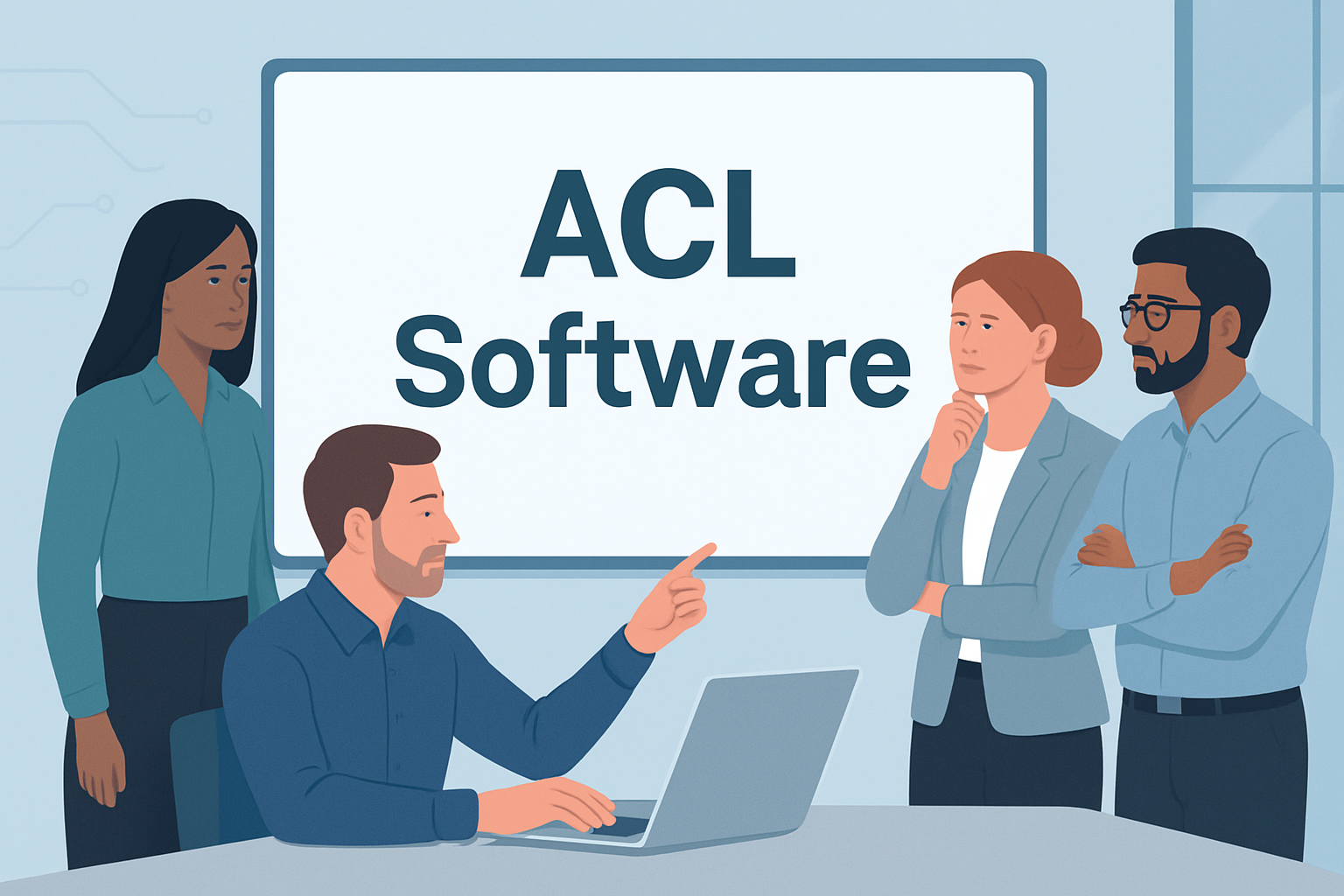The business world moves fast. Technology changes. Customer demands shift. Companies must adapt quickly to survive. In the middle of this chaos, there is a crucial role. This role turns confusion into clarity. It bridges the gap between big ideas and real-world solutions. This is the role of the Business Analyst.
Soon, a new group of professionals will enter this field. They are ready to help businesses navigate the future. This article introduces one such professional. It is a look at the skills, mindset, and value of a Business Analyst Associate – February 2026.
This is more than a job title. It represents a new generation of problem-solvers. They are trained for the challenges of the modern digital age. Let’s explore what this means for businesses.
Part 1: What Does a Business Analyst Actually Do?
First, let’s clear up a common misunderstanding. A Business Analyst is not just a note-taker. They are not a messenger between departments. They are strategic problem-solvers.
Their main job is to find the real business need and figure out how to meet it.
A simple example: A company’s sales team says, “Our software is slow.” A developer might hear, “Make it faster.” But a Business Analyst asks, “Why?” They talk to the sales team. They discover the problem isn’t just speed. The software forces them to click through five screens to log a sale. It’s wasting hours each day.
The real need isn’t just “faster software.” It’s a “more efficient sales process.” The solution might be a redesigned one-click logging feature. The Business Analyst identified the root cause. This saves time, money, and frustration.
Key responsibilities include:
- Talking to People: They interview staff, managers, and customers to understand their challenges.
- Mapping Processes: They draw out current workflows to find bottlenecks and inefficiencies.
- Writing Requirements: They translate spoken needs into clear, precise instructions for developers. These are called user stories or specifications.
- Testing Solutions: They check that the finished product actually does what it was meant to do.
- Managing Change: They help train staff and smooth the transition to new systems.
In short, they ensure that time and money are invested in the right solutions.
Part 2: The Skill Set: What Makes a Great Associate?
A successful Business Analyst Associate – February 2026 brings a balanced mix of skills. We can group them into three areas: the Thinker, the Communicator, and the Technologist.
-
The Thinker (Analytical Skills)
This is the core of the job. It’s about how they think.
- Critical Thinking: They don’t take problems at face value. They dig deeper to find the root cause.
- Problem-Solving: They can look at different solutions and weigh the pros and cons of each.
- Attention to Detail: A small mistake in a requirement can lead to a big error in the final product. Precision is key.
-
The Communicator (Interpersonal Skills)
This might be the most important skill set. A BA interacts with everyone.
- Active Listening: They truly hear what people are saying, and what they are not
- Clear Writing: They can write documents that are easy for everyone to understand.
- Facilitation: They can lead a meeting without letting it go off track. They make sure all voices are heard.
- Diplomacy: They can manage disagreements between stakeholders and help find a compromise.
-
The Technologist (Technical Skills)
They don’t need to be expert coders. But they must be comfortable with technology.
- Data Tools: Basic skills in SQL for data queries and Excel for analysis are very useful.
- Diagramming Software: They use tools like Microsoft Visio or Lucidchart to draw process maps.
- Project Management Software: Familiarity with tools like Jira or Trello helps them track work.
- Understanding of Development: They know the basics of how software is built (Agile, Waterfall methods).
A graduate preparing for a role as a Business Analyst Associate – February 2026 is trained in all three areas. This balance makes them effective from day one.
Part 3: The February 2026 Advantage
What is special about someone starting in 2026? Their training has happened during a time of incredible digital change. They are native to a world of remote work, AI, and constant innovation.
This gives them a unique advantage.
- They are Agile-Native. Their education likely emphasized Agile methodology. This is the iterative, flexible approach used by most tech companies today. They are prepared for a world of sprints and stand-ups.
- They are Data-Literate. They understand that data drives decisions. They are prepared to ask, “What data can we use to measure success?”
- They Think User-First. Modern training focuses on the end-user. They know a solution is only good if people actually want to use it. They think about user experience (UX) naturally.
This mindset is invaluable. It means the Business Analyst Associate – February 2026 is not just ready for today’s workplace. They are ready for tomorrow’s.
Part 4: A Day in the Life
Let’s make this concrete. What does a typical day look for an associate?
9:00 AM: The day starts by checking email and the project board in Jira. They see what the development team completed overnight.
9:30 AM: Daily “Stand-Up” Meeting. This is a quick 15-minute meeting with the team. Each person answers three questions:
- What did I do yesterday?
- What will I do today?
- Are there any obstacles in my way?
The associate might say, “I finished the user stories for the login feature. Today, I will review them with the product owner. No obstacles.”
10:00 AM: Deep Work. They spend the next two hours writing detailed requirements for a new feature. They must be very clear. For example: “As a customer, I want to reset my password so that I can regain access to my account if I forget it.” They list exactly what needs to happen for this to work.
1:00 PM: Workshop. They lead a meeting with people from the marketing department. The goal is to map out the process for launching a new ad campaign. The associate uses a virtual whiteboard to draw the steps. They ask questions like, “Where do delays usually happen?” and “What information do you need at this step?”
3:00 PM: Follow-up. After the workshop, they turn the notes into a professional process diagram. They send it to the attendees for review to make sure it’s correct.
4:00 PM: Collaboration. A developer has a question about a requirement. The associate clarifies it. They work together to ensure there is no misunderstanding.
Every day is different. It is a mix of solo work, meetings, and collaboration. It is never boring.
Part 5: A Clear Path for Growth
Starting as an associate is just the beginning. This role has a very clear and rewarding career path.
- Year 0-2: Business Analyst Associate. Learning the ropes, supporting senior BAs, managing smaller features.
- Year 2-5: Business Analyst. Taking full ownership of medium-sized projects, working directly with key stakeholders.
- Year 5+: Senior Business Analyst. Leading complex, high-value projects, mentoring junior associates, influencing strategy.
From there, the path can branch out.
- Specialist Path: Become an expert in a specific area like data analysis, cybersecurity, or finance.
- Leadership Path: Move into roles like Product Manager, Project Manager, or Chief Product Officer.
The experience gained as a BA is a fantastic foundation for leadership. You understand the business from the ground up.
Conclusion: Your Future Partner in Problem-Solving
The arrival of a Business Analyst Associate – February 2026 is something to look forward to. They bring fresh energy, modern skills, and a user-focused mindset.
They are trained to be more than just employees. They are trained to be partners in progress. They help turn challenges into opportunities. For any company looking to innovate and grow, this talent is not just useful—it is essential.
The future of business is complex. But with the right problem-solvers on your team, it is also full of promise. The introduction of a new Business Analyst Associate is the first step toward seizing that promise.
Summary of Key Points
- Role: A Business Analyst is a strategic problem-solver who finds the root cause of business issues.
- Skills: They need a balance of analytical, communication, and technical skills.
- 2026 Advantage: New graduates are trained for modern, Agile, and data-driven workplaces.
- Career Path: The role offers a clear path for growth into senior or leadership positions.
- Value: Hiring a skilled associate is an investment in efficiency, innovation, and future success.
















